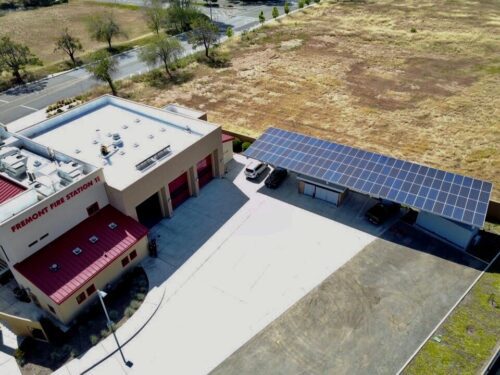
Webinar: Valuing resilience of Solar Microgrids – Thursday, 5 Nov 2020 at 9am PT
Executive Director Craig Lewis presented at this one-hour webinar, which took place on 5 November 2020 at 9am PT.
https://us06web.zoom.us/rec/play/FFmb-bzVpL-nYB7siMBS2OxN0-dztKH_LspoQYWglYDRVQB9i40cEyidcZFyKuaybBFh9h3FsccMimFP.d2wDiooI6JJV803y?canPlayFromShare=true&from=share_recording_detail&continueMode=true&componentName=rec-play&originRequestUrl=https://us06web.zoom.us/rec/share/UpoRmesuVTF9Ik9Bf1CQ-SCgxALo4ve43CqFVSAFBnaFHUhwDqzxnogxNT1XPtNE.qqr-hXS7nuLcpYHP
Click here to watch the video through the Municipal Sustainable Energy Forum’s media webpage.
The Clean Coalition’s Executive Director, Craig Lewis, presented during this webinar hosted by the Municipal Sustainable Energy Forum.
- Craig Lewis’s presentation slides are available inPPTandPDF format.
- The Avoided Diesel Generator Calculator referenced in the webinar is available inExcel spreadsheetformat.
Although everyone understands that there is significant value to the resilience provided by indefinite solar-driven backup power, quantifying this unparalleled value-of-resilience (VOR) has been a challenge that has limited market opportunities for Solar Microgrids.
To overcome this challenge, the Clean Coalition has developed a standardized, straightforward VOR methodology, referred to as VOR123, which reflects the fact VOR has different values based on three load tiers. Importantly, VOR123 can be applied to any type of facility by tiering loads and then applying a standardized VOR for each. There are three load tiers as follows:
- Tier 1: Mission-critical, life-sustaining loads that warrant being maintained indefinitely for 100% resilience – usually about 10% of a facility’s total load.
- Tier 2: Priority loads that should be maintained as long as doing so does not threaten the ability to maintain Tier 1 loads – usually about 15% of the total load.
- Tier 3: Discretionary loads that should be maintained only when doing so does not threaten Tier 1 and Tier 2 resilience – usually about 75% of the total load.

This webinar covered:
- Basic concepts:
- Battery energy capacity allocations for simultaneously ensuring resilience and optimizing economics
- Minimum state-of-charge required for resilience (SOCr) based on a dynamic calculation of load and solar forecasts
- The VOR123 methodology:
- Load tiering
- VOR multipliers for each load tier
- Validating VOR multipliers
- Case study cascade:
- Grid-constrained Santa Barbara region in California
- Santa Barbara Unified School District (SBUSD)
- San Marcos High School, one of three SBUSD major high schools
